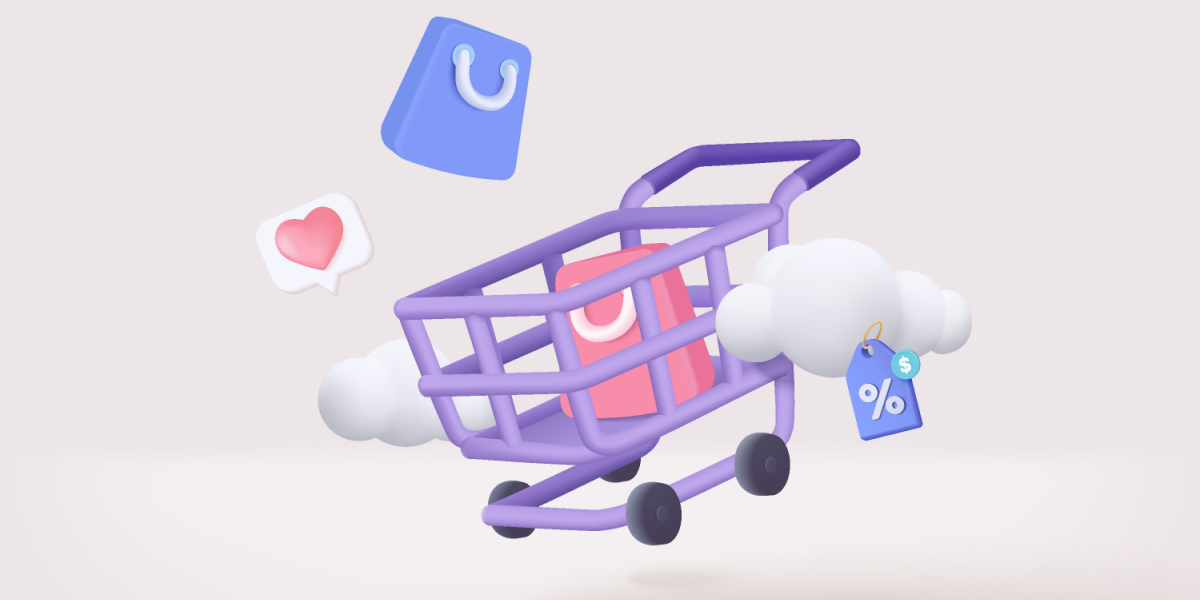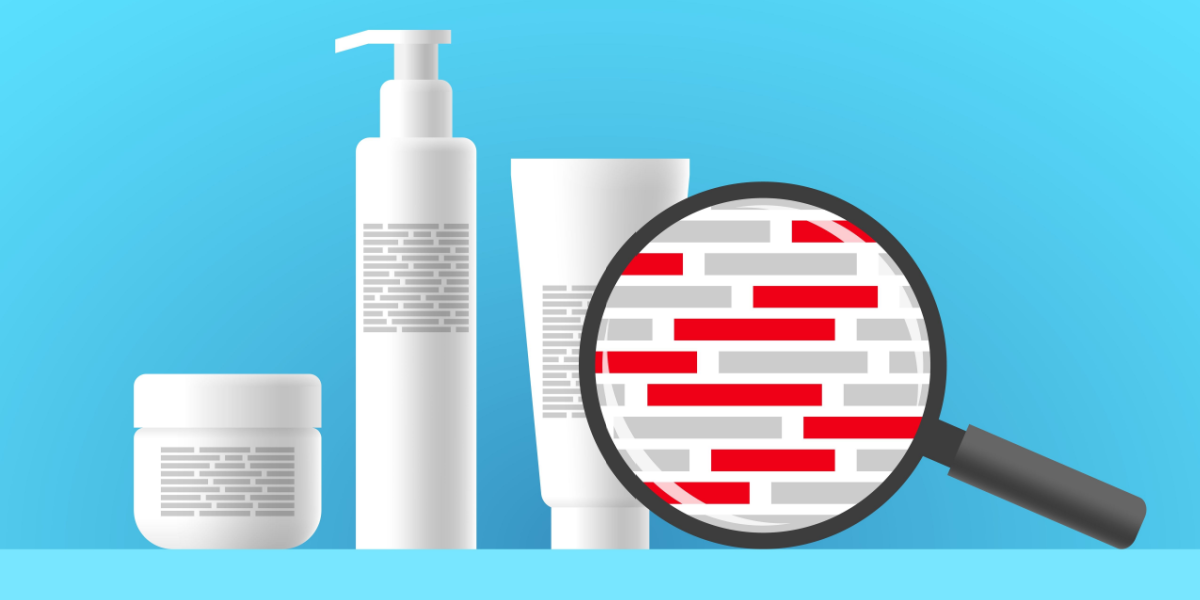Ideas can be ethereal things. They might flutter into your mind during breakfast or hit like a thunderclap as you’re drifting off to sleep. We all encounter ideas in different ways and must have strategies in place to capture and nurture them.
For many entrepreneurs, this process includes carrying around a notepad or using a notes app on their smartphones. It’s always important to strike while the iron’s hot, meaning you should try to act on your ideas when they’re still fresh.
Of course, taking note of ideas and bringing them to fruition are only the first steps in the process. Your ability to share them with the world is equally important. One of the most essential ways you’ll do this is by writing exceptional product descriptions. The type of descriptions that sizzle instead of snooze.
Telling a Story Worth Remembering
Think of the most compelling and memorable ideas you’ve ever encountered. Most likely, they’re part of stories. Whether it’s a favorite book or a song that has embedded itself in your brain, great ideas take on new life when packaged in a narrative.
This eternal nature of narrative-based ideas is described in the classic saying: “If you’d not be forgotten when you’re dead and rotten, either write things worth reading or do things worth writing.”
We leveraged this approach with our first product launch at Foundr Magazine. As content crafter Jonathan Chan recalls:
No matter how logical we are, humans are ultimately emotional creatures. A product launch that does nothing but spit facts and shout that a product is the best will not be engaging to your audience. It’ll probably even be super boring. Using the power of the narrative makes your marketing message more appealing to your audience. We are all natural storytellers with preset narratives running in our heads all the time—it’s just how we organize and process information. By presenting a story, you’re making your message more digestible, engaging, and memorable.
By introducing your product through stories, you’ll transform your descriptions into miniature launchpads. Potential customers at the top of the sales funnel will be more likely to move toward a conversion, while loyal customers will be more likely to resonate emotionally with your words and be nudged toward the sale.
Selling the Sizzle
So what words should go into your product stories? Too much emphasis on the “description” might just lead you to list the specifications of the product.
buy viagra capsules online buy viagra capsules online no prescription
But there’s nothing aspirational about that. No unique solutions provided.
There’s an old advertising maxim that applies beautifully in these situations: “Don’t Sell the Steak—Sell the Sizzle!” This timeless idea holds true with your products. Let’s go back to a 1938 article from The New Yorker about marketing icon Elmer Wheeler to get the full account:
The sizzle has sold more steaks than the cow ever has, although the cow is, of course, mighty important. Once Mr. Wheeler has discovered the sizzle in anything, meaning the tang in cheese, the bubbles in wine, the whiff in coffee, the customer is his, or rather his client’s. The sizzle has come to be a large part of Mr. Wheeler’s personal life. When he is about to interview a prospective client, he always carries a clothespin in his pocket, ready to illustrate one of the greatest sizzles he ever found. At the height of his talk to the prospect he whips out the clothespin, holds it up like a boy showing a new jackknife, then drops it on the floor. The clothespin is square and therefore doesn’t roll. ‘They won’t roll,’ the sizzle he found in square clothespins, sold millions of them to housewives weary of elusive round ones.
While your business probably isn’t pitching steaks or clothespins, there’s always a sizzle to sell. It’s only possible to do this by taking off your technical writer’s hat and embracing the marketing spirit that hasn’t diminished a bit since 1938.
Sure, you’ll want to include the essential details of the products in your description.
buy priligy online buy priligy online no prescription
But they merely served as the skeleton for your description. The flesh and blood that give it life will be the stories of lives improved and problems solved. An example of this approach at work would be an inventor selling a new oven. The product specifications would be important, but they could be listed out in the specifications section. In the description, the inventor would want to focus on how the burners reach boiling temperature so fast that you can cook your favorite pasta in 10 minutes or less. Or how the proprietary technology makes heat distribution so effective that steaks can be cooked to perfection.
So if you want to know how to write product descriptions, focus on what you already know. And those are the amazing things that make your product so special. Here’s a product description example template that helps put the emphasis where it belongs:
- A Headline That Pops: Look for a headline that not only states the name of the product, but hopefully includes a distinct benefit.
- Body Copy with Meat: Reinforce exactly what sets your product apart from the competition as a problem-solving machine.
- Features List: Here’s where you can include a scannable list of reasons your product is so special.
- Finishing Touches: If you have great reviews from customers, don’t be shy. Add them here to offer third-party proof of your claims. You could also include press that features your product. Another option is to link to a landing page that provides a more expansive look at your product.
Of course, your descriptions should always be as unique as the products themselves. So don’t feel that you need to adhere to this template. But it provides a general framework that helps you tell a story that’s worth reading.
7 Product Description Tips to Consider Going Forward
Why are great entrepreneurs often tempted to rush their product descriptions? It’s likely because of where this step comes in the process. You’ve spent months or years developing your idea to the point where you can list it on a website. There have been thousands of individual steps required and you’re just thrilled to have it out in the wild.
But you need to pump the brakes at this point, because rushing the description on your website is akin to what sometimes happens when you’re building a house. You start with the foundation, then begin to add structure. As you flesh out the plans, doors and windows are put in place. When the hardest parts of the process have been tackled, all that’s left is the finishing work.
Here’s the unfortunate thing that happens with many homes—the contractors do an amazing job on core aspects of the build but end up rushing the finish work. After all the difficult days of foundation pouring, framing, roofing, electrical, and plumbing, they are too hasty to get the project wrapped. So they speed through flooring and painting. As a potential buyer walks through this otherwise top-quality home, they won’t know how great the electrical and plumbing are. They’ll be turned off by what’s visible, which in this case might be the poor installation of the carpet or the clumsy paint job in the kitchen.
Like these homebuyers, your potential customers won’t have any insight into the quality that you painstakingly poured into the early stages of your product. They’ll only see the online description, which is the equivalent of the paint job in the kitchen. Don’t shortchange your work by failing to finesse the finish.
Let’s review 7 tips that can help you give your product descriptions a level of quality that matches everything else you’ve done.
1. Understand Who You Are Speaking To
Your business pursuits are no different than all other aspects of life, meaning it’s impossible to please everyone. Your goal with product descriptions should be to intrigue and delight a targeted group of potential customers. Never dilute your words by trying to cast an ultra-wide net.
In order to reach any segment of the population, you need to know who they are and what they want. Think about how this person has come to be on your page, what their pain points are, and how your solutions can capture their interest.
As for the words themselves, you must speak your audience’s language. If they’re an older segment of the population, you might use more formality and helpful anecdotes. A college-age audience might appreciate shorter sentences, punchier headlines, and irreverent humor.
2. Focus On the Unique
Right out of the gate, communicate what makes your product special. For example, if you sell raincoats, don’t rely on generic terms like “top-quality materials.” Be specific and let customers know that you use a proprietary fabric called “ElementFold” that’s 100% waterproof, blocks wind better than GORE-TEX, has antimicrobial properties, and will actually cook your breakfast for you (assuming this last point is true).
3. Skip the Obvious
Let’s say your company sells precision fishing reels. In your product description, don’t waste any space talking about nearly universal features such as adjustable drag or the inclusion of an anti-reverse switch. Since most reels have these features, a potential customer could be scared away by the fact that you included them. The idea might be, “If this seller thinks those things are special, they obviously don’t know much about reels.”
This doesn’t mean that you should completely avoid talking about the features of your product. But unless they’re exceptional, they belong in a bulleted features list or technical specifications section.
4. Translate Features Into Benefits
Resist the urge to simply list features, because features don’t solve your customers’ problems. Instead, highlight the benefits of your product so that a reader can clearly see how it will make their life better.
Maybe this involves telling a literal story of a customer’s personal experience with your product. Or it might just include using a literary structure, such as an introduction, a conflict, and a resolution. In short, make your product the finale.
5. Make It Accessible
Writers often fall in love with their own words. But you need to apply a reader’s perspective to your descriptions. More specifically, approach it as though you’re an extremely busy reader.
In order to make your description as accessible as possible, you’ll want to make it easy to scan. Start with a font size that can be easily read. The last thing you want is customers leaning toward their screens to discern the words, as that feels like work.
Keep your blocks of text as lean as possible. Even if you were to write the world’s most incredible 10-line paragraph, few people would ever dive into the paragraph and discover its beauty. It’s simply too offputting for ecommerce shoppers to see a gigantic block of words glaring at you from the screen.
One of the easiest ways to break up the text and make it feel friendlier is with bullet points. List things out whenever possible and don’t be afraid to use bolded words as another way to call out the most important elements.
6. Remember the SEO
Getting people to your product page will always be easier when you let the search engines do some of the work. For this reason, good product description examples always include keywords that optimize the page for SEO performance.
7. Include at Least One Stunning Photo
You’ll immediately undercut the power of your description if you don’t accompany it with great photography. Most robust product descriptions include a technical image, an application image, and a beauty image. If you have the skills, go ahead and shoot the product photos yourself. But be aware that most entrepreneurs lack the ability to do this effectively. So you should probably play it safe and hire a professional.
You can find more great advice for marketing your products in our library of entrepreneurial training courses. Presented by some of the brightest minds in the business, they deliver actionable strategies for reaching your sales goals.


















